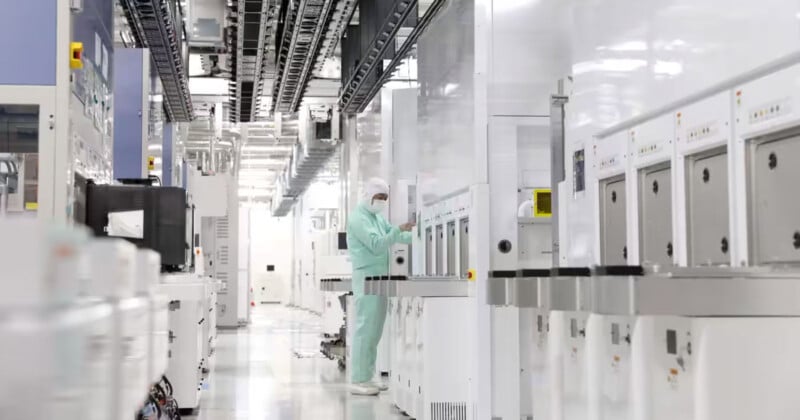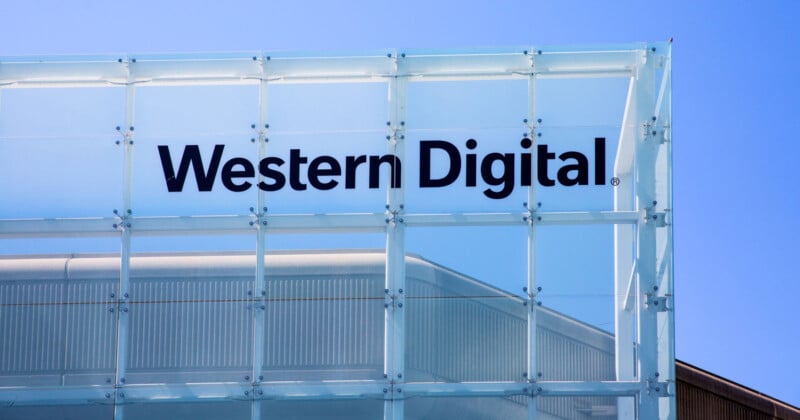WD and Kioxia to Merge NAND Flash Business and Take on Samsung

Major United States chipmaker Western Digital (WD) is finalizing plans to “spin off its semiconductor memory business” and merge with Japanese company Kioxia Holdings Corporation.
As Nikkei Asia reports, WD hopes that the planned merger will increase the company’s competitiveness. WD is reportedly working with banks and other financial institutions to finalize loan terms and conditions. At least some of the reported lenders include Japan’s top three banks and the Development Bank of Japan, who are “considering providing” up to 1.9 trillion yen ($12.7 million) in financing.
One potential roadblock is that South Korean chipmaker SK Hynix, an “indirect” shareholder of Kioxia, may present opposition to the deal.
Kioxia, formerly Toshiba Memory, is the third-largest flash memory company in the world, while Western Digital ranks fourth, per Nikkei Asia. However, according to Statista, in terms of market share this year, Kioxia may be second, followed by SK Hynix and then Western Digital.
In any event, one thing is consistent: no matter how the market is viewed, South Korean tech giant Samsung is the clear leader. A merger between Kioxia and WD would significantly disrupt Samsung’s dominant market position.

Nikkei Asia explains that the merger between Kioxia and WD’s flash memory business would create a single holding company. ”
Kioxia would own 63% and Western Digital 37%, based on enterprise value. After a capital adjustment, the final split would be 50.1% for the Western Digital side and 49.9% for Kioxia,” Nikkei Asia writes, adding that Kioxia’s president, Nobuo Hayasaka, would assume the presidency of the new combined company and Kioxia representatives would comprise a majority on its board.
Interestingly, the new company would be registered in the U.S. but its head office would be in Japan. The company proposes to be listed on the Nasdaq and Tokyo Stock Exchange.
The global flash memory market is already dominated by only a handful of companies, so there is some concern that a potential WD/Kioxia merger could face considerable scrutiny from regulatory bodies, including China’s increasingly strict antitrust laws. There are also concerns on Kioxia’s side that U.S. export laws could impede the company’s sales to Chinese customers, given that the merger includes WD.
There are significant geopolitical concerns at play with the prospective merger. “The global nature of semiconductor production and development leaves the supply chain exposed to the risk of being severed in a crisis. The U.S. looks to build a supply network that cuts out China, to minimize the economic impact of any such emergency. Japan has also been working to promote domestic chip production for its own economic security,” says Nikkei Asia.
This is not the first time that WD and Kioxia have discussed a merger. The companies were reportedly in talks to combine their efforts in 2021 and already have a joint venture relationship, which came into play when contamination at a WD facility operated by Kioxia wiped out 6.5 billion gigabytes of flash storage in 2022.
Image credits: Header image courtesy of Kioxia